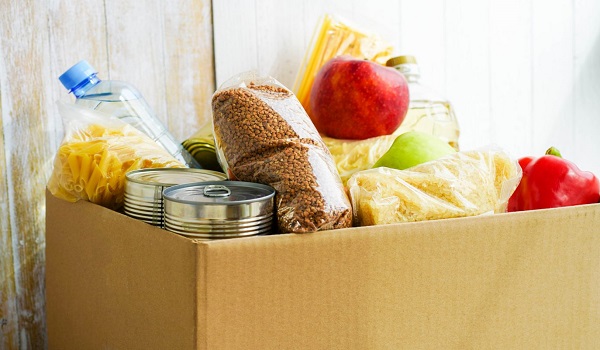Food subsidy has emerged as the largest component of the Indian government’s total subsidy expenditure in the financial year 2024-25, accounting for over 50% of the total disbursed amount, according to a report by the Bank of Baroda.
Between April and December 2024, the government spent ₹3.07 lakh crore on subsidies, surpassing the ₹2.77 lakh crore spent during the same period last year. However, this remains lower than the ₹3.51 lakh crore recorded in April-December 2022.
Rising Food Subsidy, Declining Fertilizer Support
The food subsidy allocation for April-December 2024 stood at ₹1.64 lakh crore, marking an increase from ₹1.34 lakh crore in the same period last year. However, it slightly trailed the ₹1.68 lakh crore recorded in 2022.
In contrast, fertilizer subsidy expenditure witnessed a decline, with the government spending ₹1.36 lakh crore between April and December 2024—lower than ₹1.41 lakh crore in 2023 and ₹1.81 lakh crore in 2022.
The report also highlighted a decline in non-debt capital receipts, including revenue from asset sales and disinvestments. These receipts fell to ₹27,296 crore as of December 2024, down from ₹29,650 crore in 2023 and significantly lower than ₹55,107 crore in 2022.
Adding to fiscal concerns, Foreign Direct Investment (FDI) inflows into India weakened during this period. In November 2024, FDI inflows stood at $2.4 billion, marking a sharp drop from $4.3 billion in October 2024. Simultaneously, foreign investor outflows from the Indian stock markets increased, further straining the country’s capital inflows.
With subsidy spending on the rise and revenue inflows under pressure, the government faces the challenge of balancing welfare expenditure with fiscal sustainability in the coming months.


